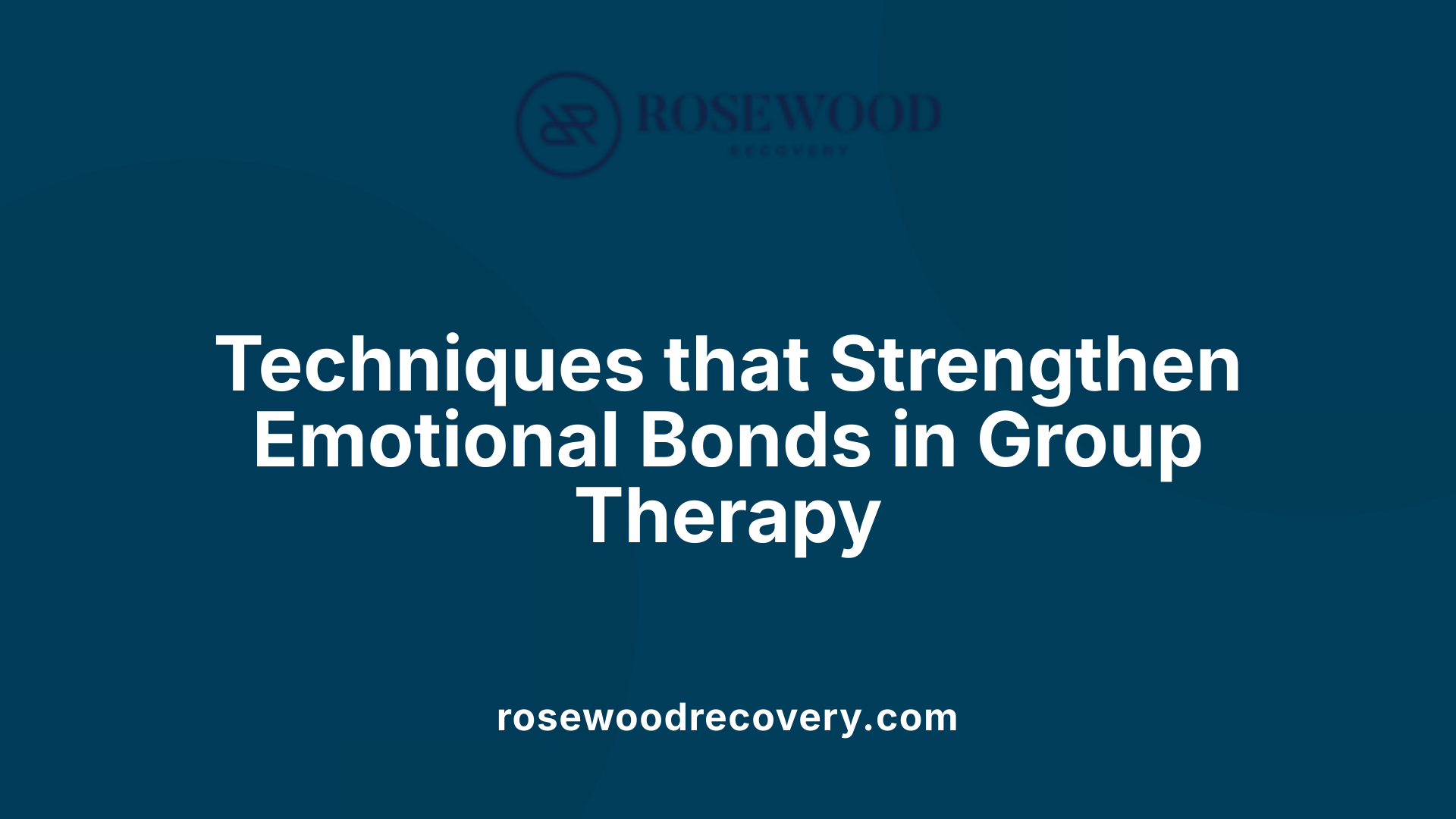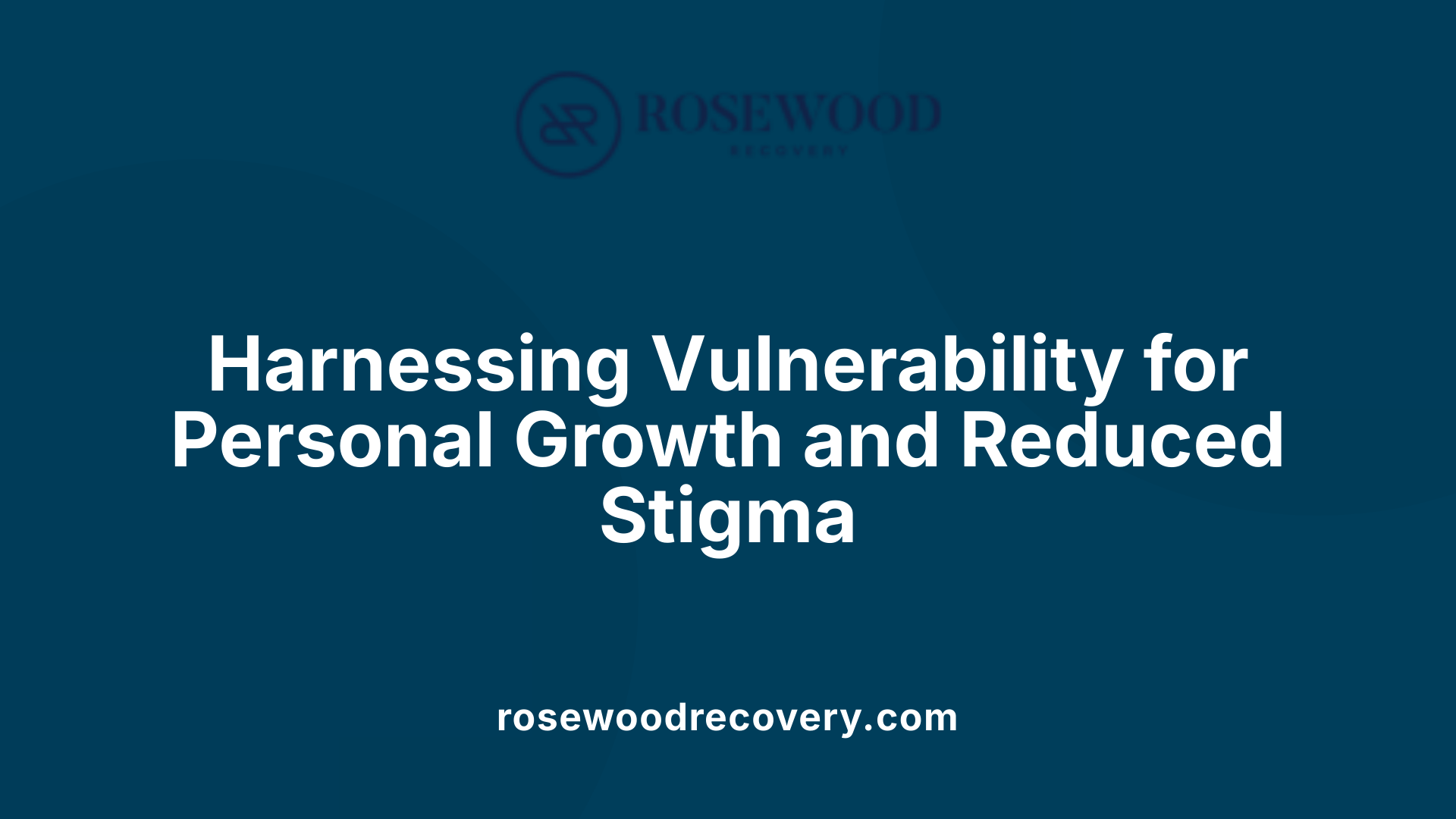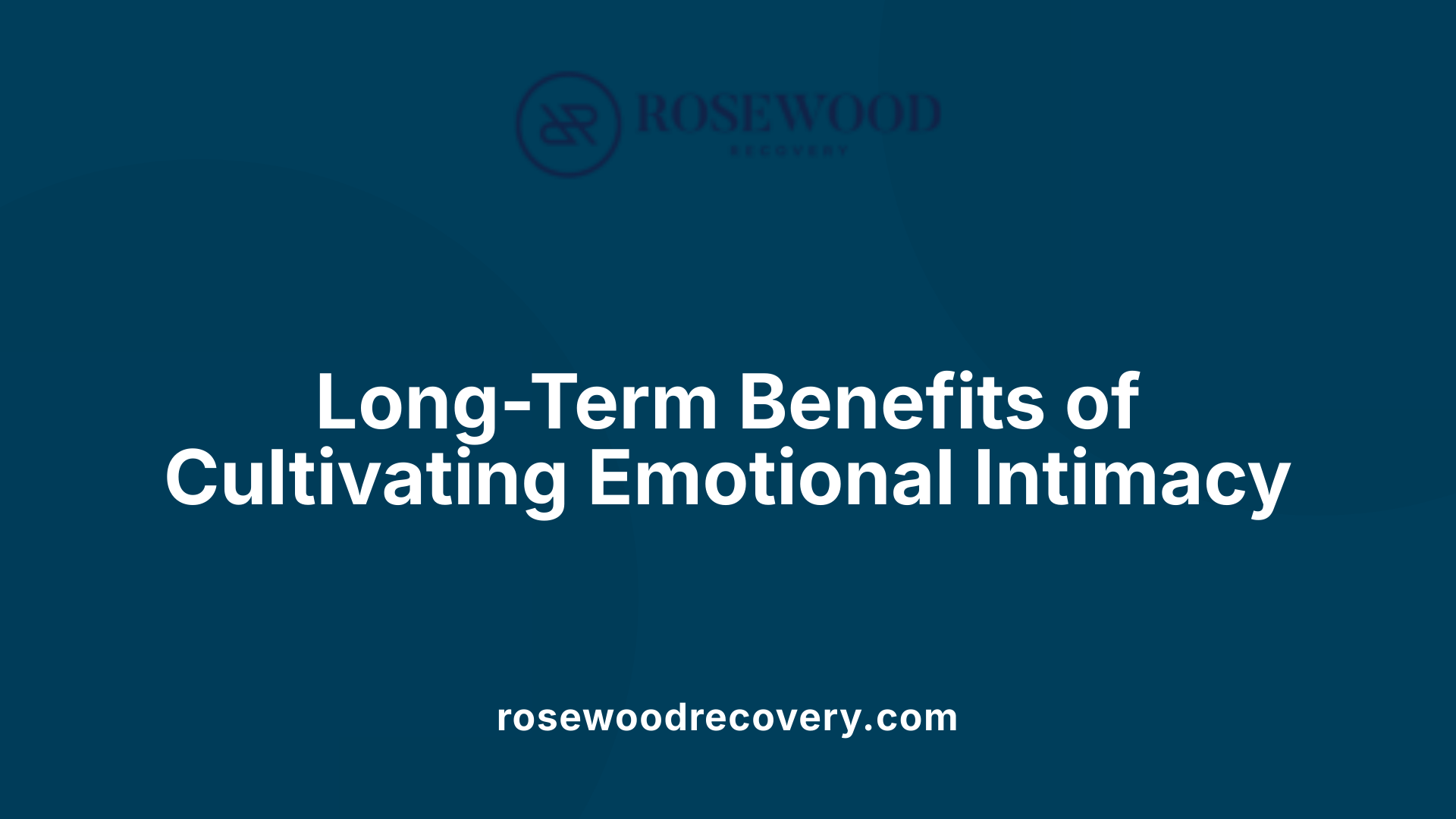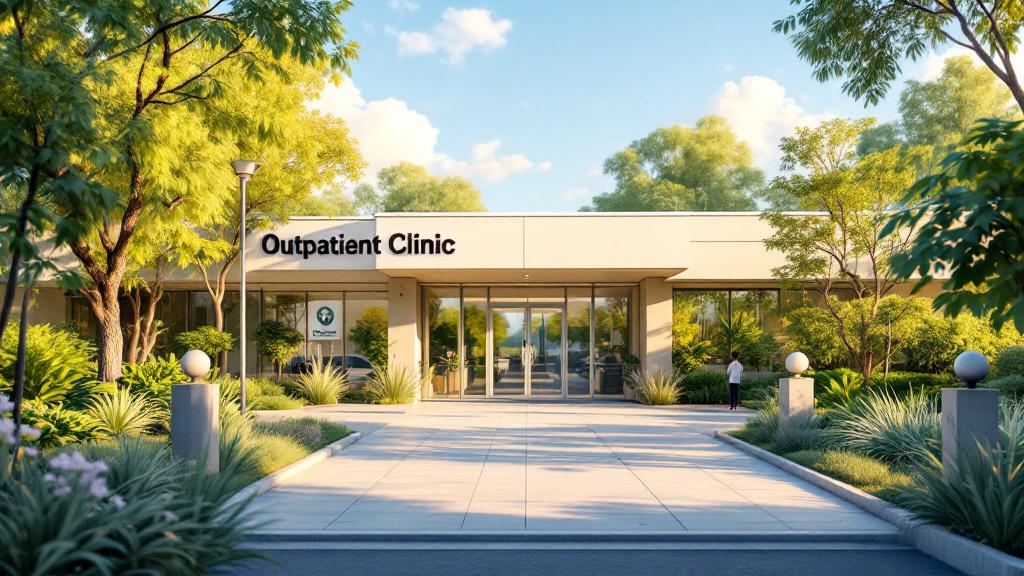How emotional intimacy grows in group therapy settings
Unlocking Deeper Connections Through Group Therapy

Understanding the Foundations of Emotional Intimacy in Group Settings
Emotional intimacy is a cornerstone of meaningful relationships and personal growth. Group therapy offers a unique environment where this intimacy can develop organically through shared experiences, mutual vulnerability, and structured support. Exploring how emotional closeness is cultivated can shed light on the therapeutic process and its profound benefits for individuals seeking connection and healing.
The Role of Safe Environments and Clear Norms in Fostering Trust

What factors and dynamics facilitate emotional closeness and trust among group therapy participants?
Creating a trusting and emotionally close environment in group therapy depends on several interrelated factors. A fundamental element is establishing a space that feels safe and non-judgmental. Participants need to feel free to express their feelings without fearing criticism or rejection, which is achieved through clear ground rules and confidentiality agreements.
The group facilitator plays a vital role in managing dynamics and nurturing trust. Skilled facilitators demonstrate empathy, maintain optimism, and skillfully guide interactions to ensure everyone feels valued. They also model healthy communication and create opportunities for participants to build bonds through authentic sharing.
Developing a sense of cohesion is central to trust formation. This cohesion occurs at multiple levels:
- Interpersonal cohesion: Building personal bonds among members.
- Intrapersonal cohesion: Enhancing individuals’ sense of self-awareness.
- Intergroup cohesion: Fostering a collective feeling of belonging.
A structured process of group development helps reinforce these bonds. Facilitators carefully manage stages, from initial orientation to more intimate sharing, to nurture trust.
Participant factors—such as motivation, readiness to share, and positive perceptions of the group—also influence trust. Strategies like openly addressing stigma related to mental health and providing organizational support further strengthen engagement.
In summary, the combination of a supportive environment, skilled facilitation, clear norms, and participant commitment creates a fertile ground for emotional closeness and trust. This foundation not only enhances the therapeutic experience but also promotes meaningful personal growth and healing in group settings.
The Stages of Group Development and Their Impact on Emotional Intimacy

How does emotional intimacy grow in group therapy settings?
Emotional intimacy in group therapy is a gradual process that develops through consistent and genuine self-disclosure by participants. As members share their personal stories, fears, and hopes, they build trust and empathy, which are fundamental for deeper emotional connections.
In the initial stages of group development, interactions tend to be more superficial. However, as the group progresses through phases like norming and performing, members become more comfortable and open. During the norming stage, boundaries are established, and a sense of safety and cohesion begins to form. Participants start to engage in more meaningful conversations, which fosters mutual understanding.
In the performing stage, members are more confident in expressing vulnerability. This openness allows for authentic sharing of feelings and experiences, strengthening emotional bonds. Feedback and supportive interactions within the group create an environment of acceptance and validation, essential for emotional intimacy.
Group factors such as universality—realizing others share similar struggles—and corrective interpersonal experiences help deepen connections. The safe and supportive environment encourages participants to explore emotions without fear of judgment.
Engaging regularly in supportive dialogues and practicing interpersonal skills like active listening and assertive expression enhance trust and understanding. This ongoing process helps reduce feelings of loneliness and fosters resilience.
Over time, these interactions help shift relationships from surface-level exchanges to meaningful emotional connections, ultimately contributing to lasting emotional intimacy. The collective experience of sharing and mutual support in therapy offers a powerful foundation for personal growth, healing, and stronger relational bonds.
Research supports that as group members experience cohesion and universality, their capacity for emotional intimacy increases significantly, supporting both individual and collective healing goals.
Mechanisms and Techniques for Fostering Emotional Bonds

How are emotional bonds developed in group therapy?
Building emotional intimacy in group therapy hinges on creating a safe and trusting environment where members can openly share their personal stories and vulnerabilities. As the group progresses through stages like norming and performing, participants start to develop a strong sense of cohesion and trust. This is achieved through consistent, honest communication, respectful interactions, and managing conflicts constructively.
Specialized therapeutic factors such as catharsis, universality, and interpersonal learning play vital roles in deepening emotional understanding among members. These mechanisms encourage individuals to connect on a deeper level, fostering empathy and support.
To promote connection, facilitators utilize specific techniques such as reflective listening, where members actively listen to and paraphrase each other's words to demonstrate understanding. Role-playing activities allow participants to practice new relational skills in a safe setting. Shared activities, mindfulness exercises, and group discussions help to reinforce bonds and promote mutual growth.
Overcoming barriers like past trauma or attachment issues is essential for sustainable emotional intimacy. Consistent efforts—including addressing personal triggers and providing continuous support—are critical. Ongoing practices that cultivate emotional awareness, along with patience and commitment, help-grow lasting bonds within the group environment.
How do reflective listening, role-playing, and shared activities enhance emotional bonding?
Reflective listening encourages deeper empathy as members validate each other's feelings, fostering a sense of being heard and understood.
Role-playing enables experiential learning of healthy interactions, allowing members to rehearse and internalize positive communication patterns.
Shared activities and exercises promote collaboration and trust, creating opportunities for meaningful interactions outside of verbal exchanges.
How can barriers like trauma, attachment issues, and poor communication be addressed?
Addressing these barriers involves creating a trauma-informed environment where participants feel safe and supported.
Therapists help individuals recognize and work through their attachment patterns, gradually building healthier relational behaviors.
Open discussions about past experiences and current challenges, combined with specific coping strategies, facilitate healing.
By fostering a culture of patience, respect, and confidentiality, group facilitators help reduce shame and encourage ongoing participation, which ultimately deepens emotional intimacy among members.
The Influence of Therapeutic Factors and Group Dynamics
How does emotional intimacy grow in group therapy settings?
Emotional intimacy in group therapy develops through ongoing and meaningful self-disclosure. As members share their personal experiences and feelings, they build trust, which is essential for deeper connections.
Over time, the group progresses through stages like norming and performing, where members increasingly feel safe to open up. Receiving supportive feedback and validation from others amplifies feelings of acceptance and understanding.
Therapeutic factors such as cohesion, universality, and corrective interpersonal experiences play vital roles in fostering emotional bonds. Cohesion creates a sense of belonging, while universality helps members see that their struggles are shared by others.
In a safe, respectful environment, participants can freely explore and express their emotions. This environment supports practicing social skills, reducing feelings of loneliness, and encouraging personal growth.
The collective process of sharing vulnerabilities and supporting each other nurtures emotional closeness. Active engagement in supportive interactions amplifies trust and empathy among members.
Overall, the dynamic process—sharing, validating, and supporting—gradually increases emotional intimacy among group members, leading to stronger bonds and personal healing.
What therapeutic factors and group processes contribute to emotional intimacy?
Research highlights several key factors that promote emotional closeness in group therapy. These include cohesion, altruism, and interpersonal learning.
Cohesion, or the sense of unity within the group, correlates strongly with therapeutic success and the development of emotional bonds. Altruism, or helping others, fosters mutual respect and erodes feelings of inadequacy.
Interpersonal learning allows members to gain insights into their relational behaviors by observing and reflecting on interactions within the group. This process helps break maladaptive patterns and develop healthier ways of relating.
Corrective interpersonal experiences—where members reenact and resolve past conflicts—are instrumental in building trust and understanding. These experiences act as microcosms of real-life relationships.
Empathic witnessing, where members actively listen and validate each other's experiences, further deepens mutual respect. It promotes an environment where emotional expression is safe and valued.
The synergy of these factors, combined with a skilled facilitator managing group dynamics, creates a fertile ground for developing and strengthening emotional intimacy, ultimately leading to lasting personal growth.
The Impact of Facilitator Skills and Group Environment
How can group therapy enhance emotional intimacy among its members?
Group therapy is a powerful setting for fostering emotional closeness, primarily because it offers a safe and structured environment where members can openly share their personal stories, feelings, and vulnerabilities.
When participants feel accepted and understood, they are more willing to express their true selves. This openness is boosted by the group’s norms of confidentiality and mutual respect, which create a foundation of trust.
Shared experiences and mutual support in the group reinforce a sense of belonging, reducing feelings of loneliness and alienation. Empathic witnessing, where members listen deeply and validate each other's feelings, encourages emotional disclosure.
Therapeutic factors like cohesion, altruism, and interpersonal learning are crucial. These elements help members develop empathy, learn from each other’s perspectives, and build deeper emotional connections.
Facilitators play an essential role by creating and maintaining a respectful, secure environment. Skilled facilitators encourage open communication, guide interactions wisely, and address any negative dynamics that might impede intimacy.
Moreover, integrating insights from positive psychology, attachment theory, and mentalization techniques helps deepen emotional bonds. These approaches foster self-awareness, promote healing of relational wounds, and enhance the capacity for empathy, all contributing to stronger emotional connections and personal growth within the group.
In summary, well-facilitated group therapy nurtures emotional intimacy through a combination of safe space creation, active management of group interactions, and supportive peer engagement, culminating in meaningful psychological and relational development.
Shared Experiences and Personal Growth Through Vulnerability

How does group therapy help reduce stigma and shame?
Group therapy plays a crucial role in normalizing mental health struggles by providing a safe, supportive environment where individuals can openly share their experiences. When participants see others facing similar challenges, feelings of isolation and shame diminish. This collective sharing fosters a sense of belonging, making it easier to accept personal difficulties without judgment.
Sharing stories helps break down societal stigmas around mental health, encouraging openness and honesty. As participants support each other, they learn that their struggles are common and manageable, which promotes healing and resilience. This normalization has a lasting impact, empowering individuals to seek help and build healthier relationships.
How does normalizing mental health struggles benefit participants?
Normalizing mental health issues reduces feelings of shame and across barriers that prevent individuals from opening up. When people recognize that others face similar difficulties, they feel less alone and more understood. This understanding encourages vulnerability, essential for emotional growth and connection.
Normalizing also fosters empathy among group members, creating an environment where everyone feels supported and validated. By rejecting stigma, participants gain confidence to express their feelings and seek further help, leading to stronger, more honest relationships outside therapy.
Why is listening attentively and empathetically important?
Attentive and empathetic listening is at the heart of effective group therapy. When participants practice active listening, they demonstrate genuine interest and understanding of others' experiences. This skill deepens mutual empathy and trust, which are vital for emotional intimacy.
Listening without judgment allows members to feel safe and respected, encouraging honest self-expression. It also broadens perspectives, as individuals learn new coping strategies and insights from diverse viewpoints. Over time, these skills improve communication in personal relationships, strengthening emotional bonds and fostering growth.
Benefits of emotional intimacy in group therapy for building relationships
Emotional intimacy developed through group therapy offers many benefits for personal and external relationships. It creates a foundation of trust and understanding, allowing individuals to share their feelings more openly.
This openness reduces fears of rejection or misunderstanding, leading to deeper connections. The supportive environment enhances emotional resilience, increases empathy, and improves social skills like assertiveness and conflict resolution.
Participants often report higher satisfaction in their relationships, feeling more confident in expressing emotions and setting healthy boundaries. Overall, emotional intimacy nurtured in group therapy can significantly strengthen bonds, leading to healthier, more fulfilling relationships.
| Aspect | Impact | Additional Notes |
|---|---|---|
| Reduces stigma | Promotes openness | Encourages seeking help |
| Normalizes struggles | Decreases shame | Fosters empathy |
| Enhances listening | Deepens understanding | Builds trust |
| Supports personal growth | Improves coping | Strengthens relationships |
| Fosters connection | Builds emotional bonds | Encourages vulnerability |
Harnessing shared experiences and practicing vulnerability in group therapy unlocks profound personal growth and relationship development. It builds a resilient sense of community, empowering individuals to face life's challenges with confidence and compassion.
The Long-term Effects of Developing Emotional Intimacy

What are the long-term benefits of emotional intimacy?
Building emotional intimacy offers lasting advantages that significantly enhance overall well-being. In the long run, individuals who foster deep emotional bonds tend to experience better mental and physical health. These close connections provide emotional support, reducing stress and preventing feelings of loneliness.
Moreover, emotional intimacy contributes to greater life satisfaction. People who cultivate strong, trusting relationships often report higher levels of happiness and fulfillment. A supportive partner or community acts as a buffer during stressful times, boosting resilience.
Over time, emotional intimacy enables individuals to develop robust coping skills and improved psychological resilience. When people trust and connect deeply with others, they are better equipped to face challenges and recover from setbacks.
In summary, nurturing emotional closeness not only strengthens personal comfort and happiness but also provides a durable foundation for enduring health and resilience. These benefits underscore the importance of prioritizing emotional connections for a healthier, more resilient lifestyle.
Fostering Lasting Emotional Connections in Group Therapy
The growth of emotional intimacy in group therapy is a dynamic process rooted in creating a secure, accepting environment, encouraging vulnerability, and promoting mutual understanding. Skilled facilitation, therapeutic factors, and active participation together foster trust, empathy, and deep connection. As these bonds strengthen over time, participants experience profound personal growth, improved relationships, and enduring resilience. Group therapy thus serves as a powerful platform for cultivating emotional intimacy that extends beyond the therapy room into every aspect of life, enriching relationships and enhancing overall well-being.
References
- How Couples Therapy Can Build Emotional Intimacy
- The Power of Group Therapy: Why Connecting with Others ...
- Emotional Intimacy: The Key to a Resilient and Fulfilling ...
- The Power of Shared Experiences- Embracing Group ...
- Growth & Connection: The Transformative Power of Group ...
- Group Therapy - StatPearls
- Embracing Growth Through Group Therapy
- How Group Therapy Fosters Growth and Healing
- Group Therapy - StatPearls
- Emotional Intimacy: The Key to a Resilient and Fulfilling ...
More Articles
Recovery Begins Here
Click below to get in touch and schedule a consult call with our team to begin your journey towards happiness and freedom.
Rosewood Recovery does not discrimate against any person because of the race, color, religious creed, ancestry, age, sex, sexual orientation, gender identity, national origin, handicap or disability or the use of a guide or support animal because of the blindness, deafness or physical handicap.





